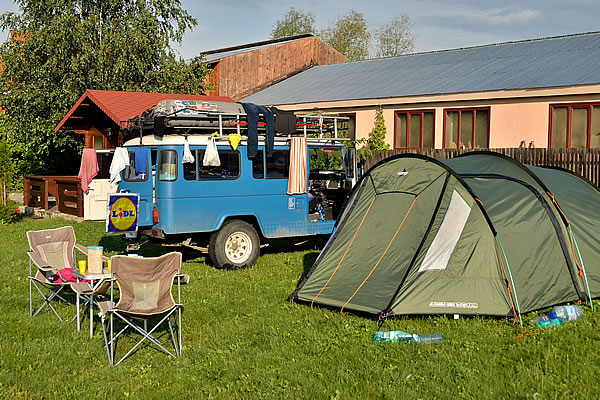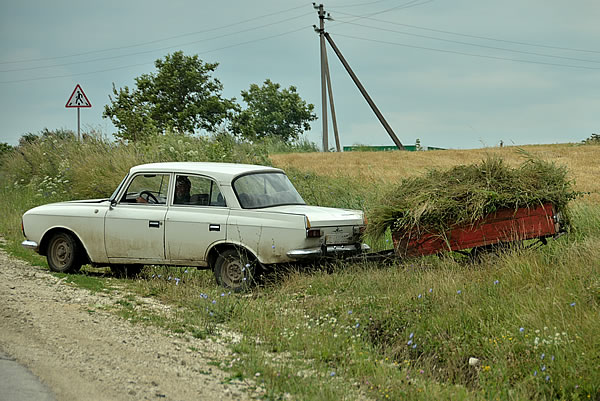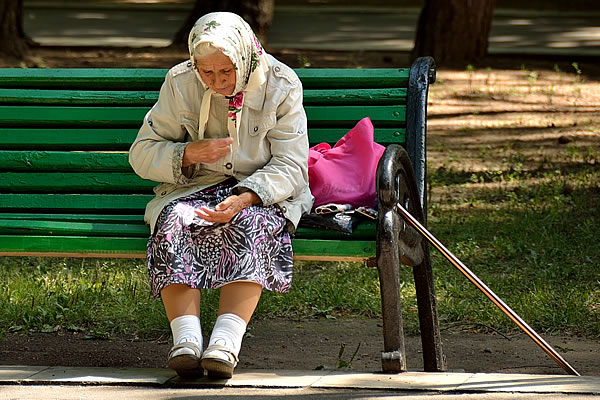English | Dutch |
|
| Gypsy | |
Kazanlak (Bulgaria) to Osijek (Croatia), July 2014
|
|
| |
|
We start our visit to Romania in its capital city Bucharest. In one of the suburbs of the city, is a campground located where we want to pitch our tent. When we arrive, it turns out not to be so easy to be accepted as guests. When Ivonne tries to check in, while our jeep is still standing in front of the closed gate, the manager of the campsite suspects that Ivonne is a gypsy. And gypsies are apparently not welcome on the camp site. We do not know whether these suspects of the manager are caused by Ivonne’s appearance, our dusty jeep, or by the fact that we necessarily want to camp in a tent. Middle-aged tourists from Western Europe camping with a tent (instead of a camper van or caravan) are in fact a dying breed, and thus apparently also a risk factor for the manager. And or a few extra Euros you can rent a bungalow on the property, so why would people like to camp in a tent so much? So he thinks: ‘they must be gypsies”.
|
|
 |
|
A selfi in front of the huge palace (nowadays parliament) in Bucharest |
|
Outside the capital Bucharest, Romania appears to be mainly an agricultural society. Big cities, with the exception of Bucharest, are uncommon. The country is rural and many people still make their living on the land. Horses and carriages are still common on the streets, but we noticed that the country is making significant steps forward. There is a lot of investment in infrastructure, more and more modern cars appear in the streets, and many villages got a facelift, mostly funded by the European Union. However, the difference between rich and poor is visible. There are large groups of people who can afford an expensive Mercedes, BMW or Audi, while other groups have to gather wood or work hard on the land to make ends meet.
|
|
 |
|
Poor farmers in rural Moldova |
|
| We also made a side trip to Moldova. This small country, and probably one of the least known countries in Europe, looks in many ways like Romania. The landscape is almost the same, the culture is similar, and even the flag is almost identical. We found the most interesting part of Moldova, the renegade province called Transnistria, which, unlike the rest of Moldova, is mainly focused on Russia (see also the article on Transnistria). In the past, this renegade province was still a kind of communist theme park, but not much of that has survived. Nevertheless, it is well worth a visit, because the province has developed over the last decades as a sort of separate country, recognised by no-one, but with real borders, its own police force, an army, and even their own currency.
|
|
 |
|
Fast and slow transport in Romania's north |
|
 |
|
Romania has nowadays a decent number of good camp sites |
|
 |
|
Old fashioned transport in the north of Moldova |
|
 |
|
Police with Lada's are still a common sight in rural Moldova |
|
 |
|
Begging old lady in one of Chisinau's (Moldova) city parks |
|
| <Previous weblog> | |